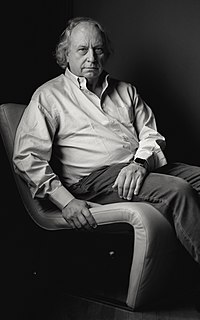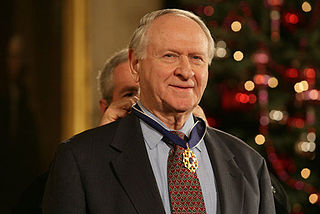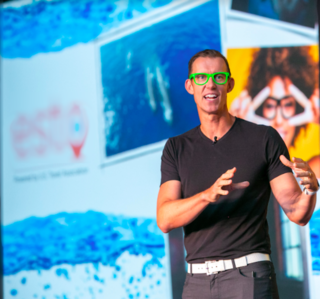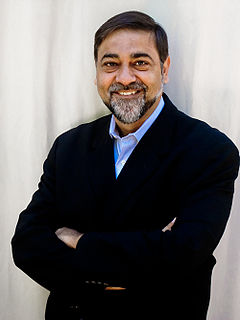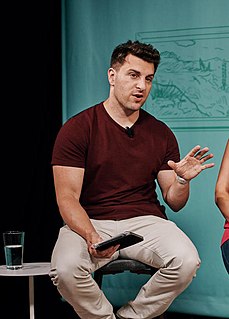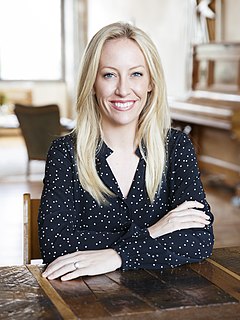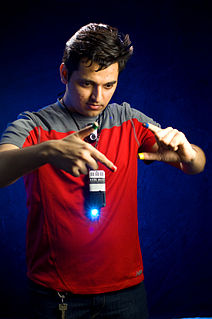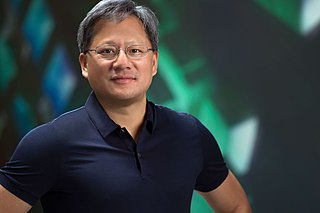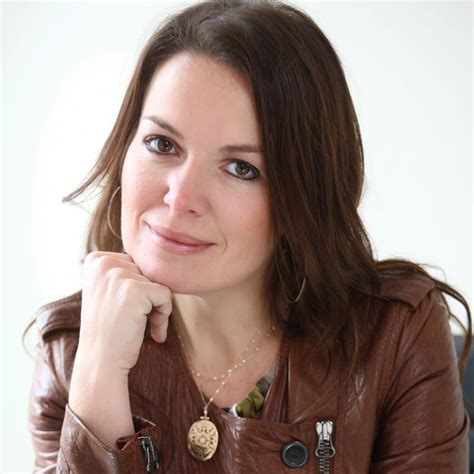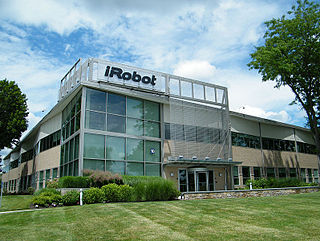A Quote by Rana el Kaliouby
I co-founded Affectiva with Professor Rosalind W. Picard when we spun out of MIT Media Lab in 2009. I acted as Chief Technology and Science Officer for several years until becoming CEO mid-2016, one of a handful of female CEOs in the AI space.
Related Quotes
It is all of our jobs to make sure that women's rights are human rights, and that they do have a place at the table, and we all push toward equality. The leadership numbers for women in business really haven't changed since I began as CEO. There are only 21 female CEOs at Fortune 500 companies, there is only 17 to 19 percent of female representatives in Congress, there are only eight female governors.
Another thing I've observed is how critical the role of the CEO is when a technology truly is disruptive. In looking back on companies that have successfully launched independent disruptive business units, the CEO always had a foot in both camps. Never have they succeeded when they spin something off in order to get it off the CEO's agenda. The CEOs that did this had extraordinary personal self-confidence, and almost always they were the founders of the companies.

